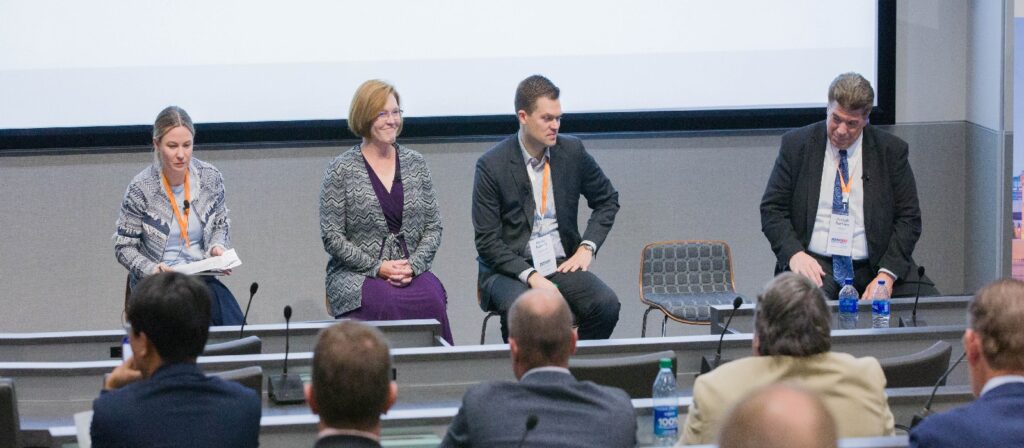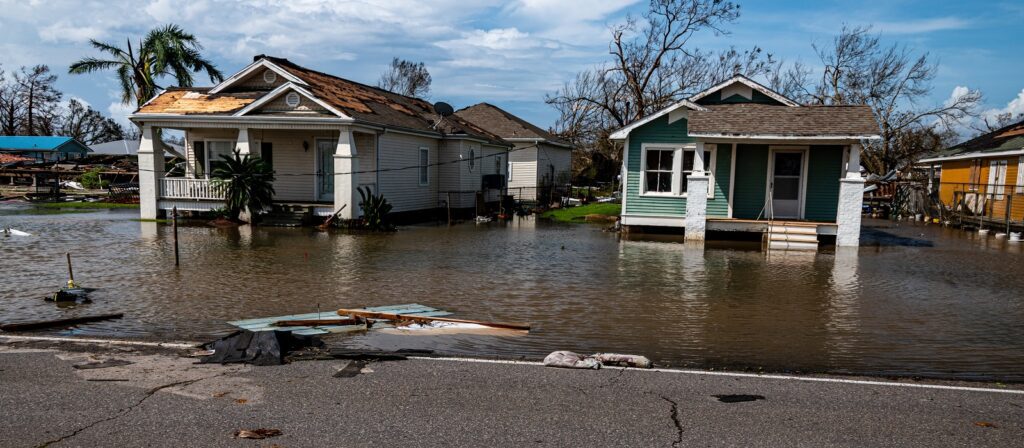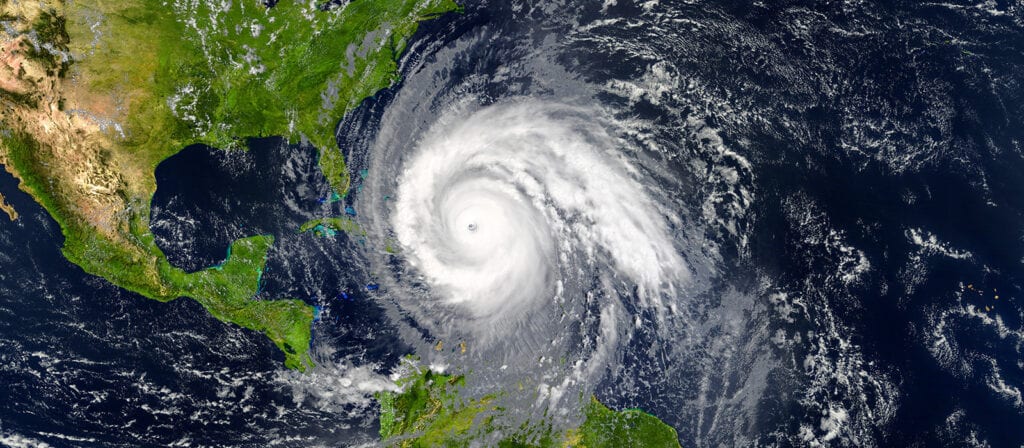Leading insurance rating agency AM Best employs what it refers to as a “building block” approach to assess the financial strength and creditworthiness of insurance companies. The approach begins with a country risk assessment, which evaluates the stability of the economic and political climate in the country where an insurance company operates. This assessment is conducted by assigning country risk tiers ranging from CRT1 (most stable) to CRT5 (least stable). High country risk can have a negative impact on an insurer’s rating.
The first block in the building block approach is balance sheet strength. It assesses the financial standing of the company, starting with the BACAR (Best’s Capital Adequacy Ratio) model—an internal capital model developed by AM Best. Other factors considered include reserve risk, liquidity, investments, and underwriting leverage ratios. The rating is trend-based, focusing on the company’s current position and future trajectory.
The second block, operating performance, examines key aspects such as underwriting results, pretax operating gains, overall net income, combined ratio, operating ratio, and loss ratios. It analyses the company’s performance and profitability trends over time. Internal tools are utilised to compare the insurer’s performance with peers in the same industry, composite, or benchmark.
The third block, business profile, evaluates various factors that shape the company’s operations. It includes product diversification, geographic footprint, distribution channels, technology systems, regulatory environment, and innovation. A strong business profile is characterised by a defensible niche, extensive product offerings, diversified operations, and effective customer engagement strategies.
Enterprise risk management (ERM), the fourth block, assesses the insurer’s risk management practices. It considers the existence of risk appetite and tolerance statements, their implementation throughout the organisation, and the company’s ability to quantify and mitigate risks effectively. ERM is a crucial aspect of maintaining stability and minimising unexpected losses.
The comprehensive adjustment block allows for potential rating adjustments when a company stands out significantly from others in a comparable group. While this block is not commonly used, it offers flexibility for unique situations.
The final block, rating lift or drag, examines the influence of an ultimate parent company on the insurer’s rating. Positive or negative support from the parent organisation can impact the rating. Lift is earned through demonstrated commitment and support, while drag may occur if the parent company places excessive financial burdens on the operating companies.
Although the building block approach evaluates insurers in a specific order, the components are interrelated. A robust ERM programme often indicates good management of the business profile, which, in turn, influences operating performance and balance sheet strength. The components build on each other from right to left, emphasising the importance of holistic risk management.
In addition to these building blocks, catastrophe (cat) modelling plays a significant role in assessing an insurer’s rating. Cat losses are considered severe threats to balance sheet strength. Cat modelling helps evaluate the insurer’s ability to manage and mitigate cat risks effectively. It provides insights into capital requirements, stress testing, scenario testing, and the impact of cat events on balance sheet strength and operating performance.
The Supplemental Rating Questionnaire (SRQ) is a tool used to gather data for cat modelling and assess insurers’ ability to effectively manage cat risk. It includes parameters such as the model used, individual perils, exposure data quality, and near-term warm sea surface temperature analysis. AM Best reviews third-party models, proprietary models, terror models, and cyber and casualty cat models but does not advocate for any specific model and emphasises the importance of data quality and stress testing in cat modelling.
The SRQ data helps in understanding insurers’ risk management practices, identifying material changes, and promoting discussions during rating meetings. It also allows AM Best to assess the overall feel for risk management and verify the adequacy of cat risk management strategies.





